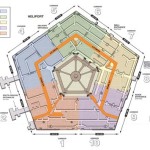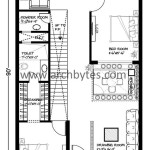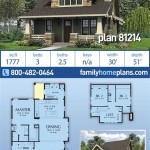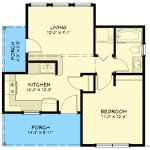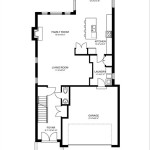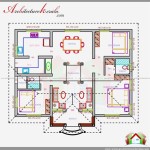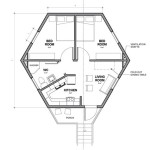Essential Floor Plan Aspects for Split Level Homes
Split level homes are renowned for their unique layout that offers both spaciousness and division of living areas. Understanding the essential aspects of floor plans for split-level houses is crucial for homeowners, architects, and real estate professionals alike.
Layout Principles
Split level floor plans typically consist of three distinct levels: split levels can range from two to three or more levels, offering flexibility in space planning and design. The first level, usually the lowest, comprises the garage, storage spaces, utilities, and a recreation room or home office. The middle level serves as the main living area, housing the living room, dining room, kitchen, and sometimes a guest bathroom. The upper level, the second floor, is reserved for private spaces like bedrooms, bathrooms, and often a master suite.
Efficient Use of Space
One of the key advantages of split-level floor plans lies in their efficient use of space. By staggering the levels, architects can create separate areas for different functions without compromising on roominess. This vertical separation also eliminates the need for a traditional staircase, saving valuable floor space.
Natural Lighting and Ventilation
Split-level homes are known for their abundance of natural lighting. The different levels are often connected by large windows or sliding doors that allow ample daylight to enter the home. The staggered design also promotes cross-ventilation, fostering natural air circulation throughout the house.
Privacy and Separation
The inherent division of space in split-level floor plans provides privacy and separation for different family members or activities. The private areas on the upper level offer seclusion from the communal living spaces below, while the lower level can accommodate entertainment or relaxation without disturbing the rest of the house.
Flexibility and Customization
Floor plans for split-level houses offer flexibility and customization options. The distinct levels can be tailored to specific needs and preferences. For instance, the lower level can be designed as a family room, while the upper level might feature a home office or additional bedrooms.
Challenges and Considerations
While split-level floor plans offer numerous advantages, it's important to note potential challenges. The vertical transitions between levels, for example, may require ramps or steps, which could present accessibility issues for some individuals. Additionally, the separation of spaces can sometimes lead to a lack of connectivity between the different areas of the home.
Conclusion
Floor plans for split-level houses are designed to maximize space utilization, enhance privacy, and promote natural lighting and ventilation. The unique layout of these homes offers flexibility, customization, and separation of living areas. Understanding the essential aspects of split-level floor plans enables architects, homeowners, and real estate professionals to create functional, comfortable, and visually appealing living environments.
Split Level Homes Designs G J Gardner

Split Level House Plans And Foyer Floor

4 Bedroom Split Level House Plan 2136 Sq Ft 2 Bathroom

Split Level House Plans Tri Floor

Familyhomeplans Com Plan Number 45253 Order Code 01web Split Level House Plans Modular Home Floor

Split Level Homes 50 Floor Plan Examples Archdaily

Modern Split Level House Plans And Multi Floor Plan Designs

Logan A Modern Three Bedroom Split Level House Plan 9535

Split Level Home Designs Stroud Homes

Split Level House Plans And Foyer Floor

